India’s automotive landscape entered a decisive phase this week, led by three major developments from Honda, Mahindra and Bajaj Auto. Honda signalled a strategic shift by opening the door to supplying products to Indian OEMs, even as the company grappled with a pause in Activa E and QC1 electric scooter production since August. Mahindra & Mahindra delivered one of the most ambitious investor-day roadmaps in the domestic industry, targeting an 8x jump in automotive revenue to ₹2.27 lakh crore by FY2030, and aggressive expansion in tractors, LCVs and last-mile mobility. Meanwhile, Bajaj Auto closed a historic chapter by completing the acquisition of KTM, and setting the stage for a deeper India-led turnaround at the Austrian motorcycle maker.
Against this backdrop of corporate milestones, the week also saw a fresh wave of policy momentum. The government cleared a second tranche of electronics manufacturing proposals worth ₹7,172 crore and released the draft Bharat NCAP 2.0 framework to widen vehicle-safety star ratings.
Global suppliers sharpened their India focus with Valeo mapping a €700 million opportunity; Ashok Leyland expanding into Qatar; and Montra Electric outlining its next wave of small- and light-commercial EVs.
Here’s the detailed round-up of all major developments from this week:
Honda Open to Supplying Products to Indian Carmakers
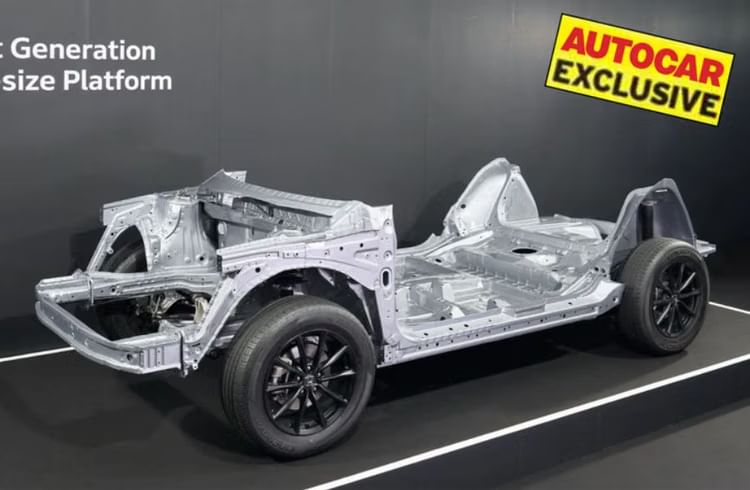
Honda is exploring partnerships with Indian original equipment manufacturers (OEMs) as part of a strategy to drive scale, reduce costs, and regain competitiveness for its future India programme.
The development represents a potential shift in Honda’s India strategy as the Japanese automaker seeks to strengthen its position in the competitive Indian automotive market. Such partnerships could enable Honda to leverage shared platforms and components with domestic carmakers, potentially improving economies of scale.
Honda Put Brakes on Activa E, QC1 Production Since August
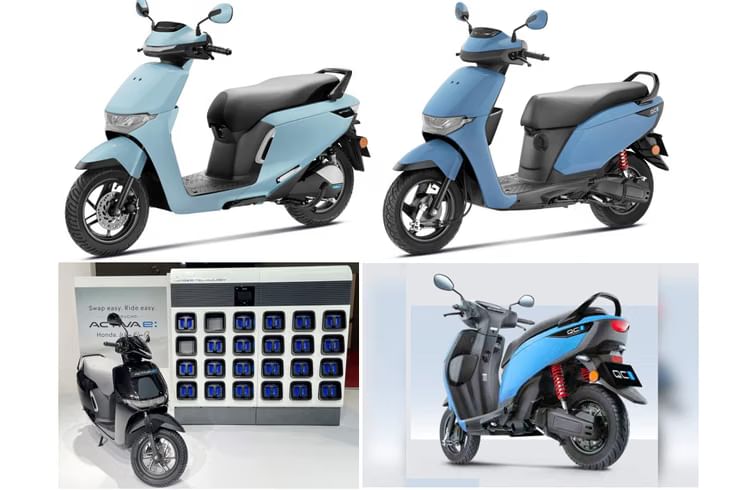
Honda Motorcycle & Scooter India (HMSI), which entered the electric two-wheeler market in February this year, has not produced any electric two-wheelers between August and October 2025. This revelation comes through a perusal of the industry production numbers provided by apex body SIAM in its monthly updates of the Indian automobile industry
Bajaj Auto Completes Acquisition of KTM
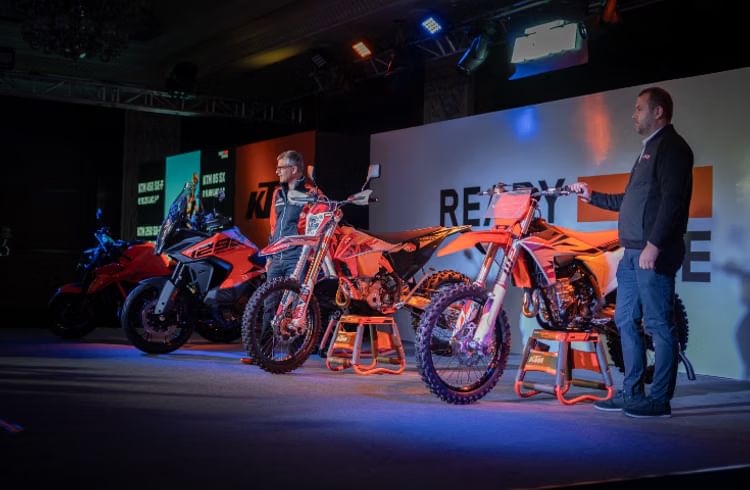
Bajaj Auto Ltd completed acquisition of a controlling stake in Pierer Bajaj AG, establishing full ownership of the Austrian holding company and securing control over premium motorcycle manufacturer KTM AG and Pierer Mobility AG.
The transaction, finalised on November 18, saw Bajaj Auto International Holdings BV, a wholly owned subsidiary of Bajaj Auto, acquire all 50,100 shares of PBAG from Pierer Industrie AG. This gives BAIH 100% ownership of PBAG, which in turn holds approximately 74.9% in both Pierer Mobility and KTM.
Mahindra Targets Over Rs 2 Lakh Crore in Automotive Revenues by FY2030
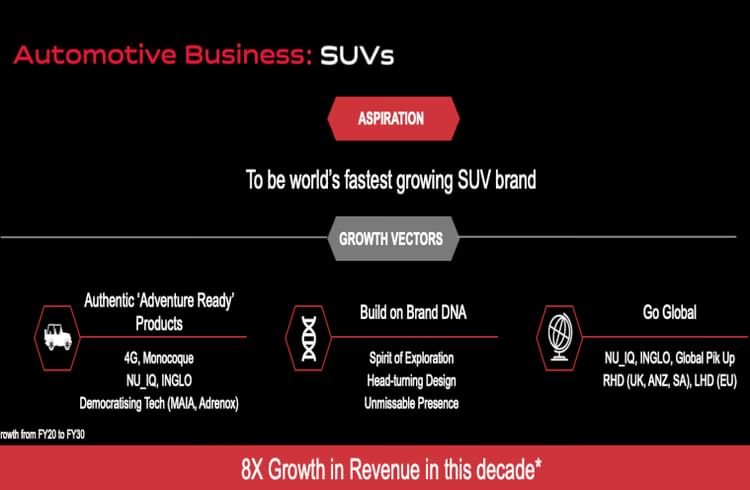
Mahindra & Mahindra has outlined one of the most ambitious growth roadmaps in its history, targeting an 8X increase in automotive revenue between FY20 and FY30 as it aims to become the world’s fastest-growing SUV brand. The guidance was shared at the company’s Investor Day on November 20.
The company is targeting automotive revenue of ₹2.27 lakh crore by FY30, up sharply from ₹28,408.63 crore in FY20, reflecting one of the strongest decade-long expansion plans in India’s automotive industry. The target implies a 23% CAGR, supported by global-ready architecture, a deeper SUV portfolio, and entry into new international markets.
Mahindra Maps Strategic LHD Push, Prepares Global SUV and Pickup Rollout From 2027
Mahindra’s Growth Gems: $2+ Billion Valuations Each by 2030 Driving 5X Value Surge
Mahindra Plows New Ground: Scaling Tractors, Tech, and Global Rea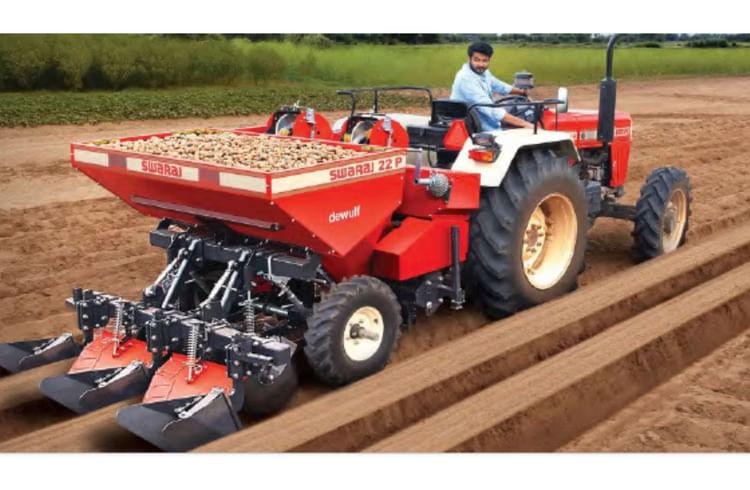 Mahindra & Mahindra, positioning itself as the world’s largest farm tractor manufacturer, has unveiled an aggressive, multifaceted strategy designed to solidify its domestic dominance and seize next-generation growth opportunities abroad.
Mahindra & Mahindra, positioning itself as the world’s largest farm tractor manufacturer, has unveiled an aggressive, multifaceted strategy designed to solidify its domestic dominance and seize next-generation growth opportunities abroad.
Domestically, the company is adjusting its product mix to capitalize on shifting market demand toward larger, more powerful equipment. The strategy, dubbed “Fortify,” addresses the industry trend of increased penetration and a preference for bigger horsepower tractors.
Mahindra Projects 9% Annual Growth in India Tractor Market to 12.2 Million Units by 2030
Mahindra Showcases Alternate Fuel Tractor Technologies at Agrovision 2025
Mahindra Forecasts 1.6X Growth in Light Commercial Vehicles by 2030

Mahindra & Mahindra Ltd. (M&M) is projecting aggressive growth in its light commercial vehicle (LCV) segment under 3.5 tonnes, forecasting a 1.6-times expansion between fiscal years 2025 and 2030, the company said in an investor call on Thursday. The company views this segment—small pickup trucks and cargo carriers—as a key growth engine, calling it an “all-weather superstar” that is growing 1.7 times faster than the wider automotive industry.
Mahindra Last Mile Mobility Targets 6x Sales Growth by 2030, Eyes Export Expansion
India Approves 17 Electronics Manufacturing Projects Worth ₹7,172 Crore
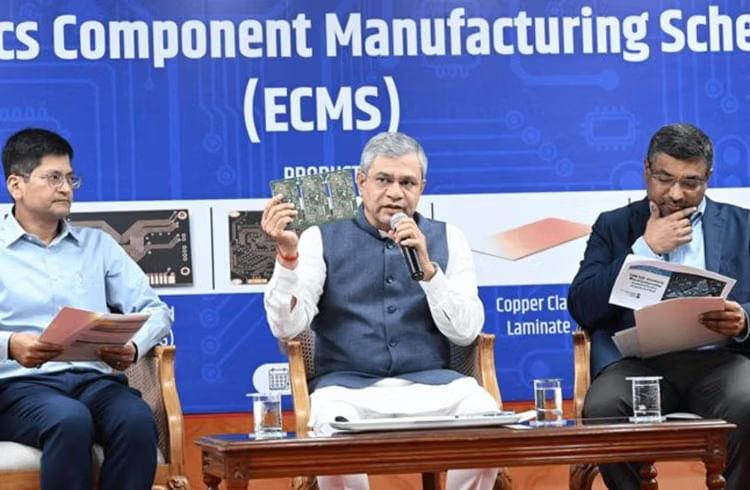
The Ministry of Electronics and Information Technology has approved 17 new proposals under the Electronics Component Manufacturing Scheme (ECMS), marking the second tranche of approvals aimed at strengthening India’s electronics manufacturing capabilities.
The approved projects represent a total investment of ₹7,172 crore and are projected to generate cumulative production worth ₹65,111 crore while creating 11,808 direct employment opportunities. Combined with the earlier approval of seven applications worth ₹5,532 crore, the scheme continues to expand India’s electronics component ecosystem.
Govt Proposes Bharat NCAP 2.0 to Widen Scope of Safety Star Rating

The government has proposed changes to the existing Bharat New Car Assessment Programme (Bharat NCAP) framework to broaden the scope of passenger vehicle safety star rating, covering a wider spectrum of vehicular safety.
The Ministry of Road Transport and Highways on Friday released a new draft that aims to move BNCAP beyond traditional metrics to assess the advanced active and passive safety systems that come in modern passenger vehicles.
A car will now need the ability to prevent accidents, protect vulnerable road users, and support occupants after a crash – not just withstand an impact – to get a higher star rating.
Valeo Maps €700 Million India Opportunity in New 2028 Strategy
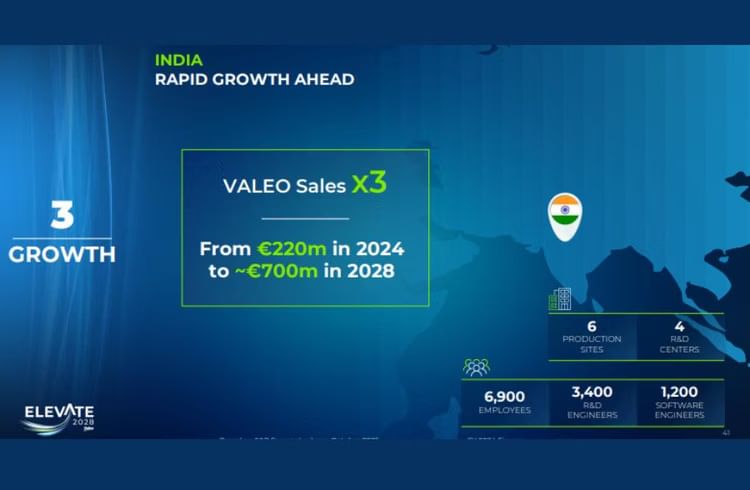
Global automotive supplier Valeo has placed India at the centre of its next phase of growth, outlining plans to triple its India revenues to about €700 million by 2028 as part of its newly announced ‘Elevate 2028’ roadmap.
The plan, presented at Valeo’s Capital Markets Day in Paris, marks the company’s shift from a technology-led turnaround to a more financially disciplined, growth-oriented strategy. While the global roadmap focuses on steadily improving margins, stronger cash flows, and a return to sales growth from 2027, India emerges as one of the most promising markets in Valeo’s portfolio.
Ashok Leyland Expands into Qatar Through FAMCO Partnership

Ashok Leyland has entered the Qatari commercial vehicle market through a partnership with FAMCO Qatar, a subsidiary of the Al-Futtaim Group. The announcement was made at an event held at the Doha Exhibition and Convention Centre on November 19.
The partnership marks Ashok Leyland’s second collaboration with Al-Futtaim in the Gulf region, following a similar arrangement in Saudi Arabia with FAMCO KSA in 2024. The Indian manufacturer, which operates as the commercial vehicle flagship of the Hinduja Group, will offer its complete range of vehicles to Qatari customers.
Montra Electric to Launch New SCV Next Year, LCV Entry to Follow
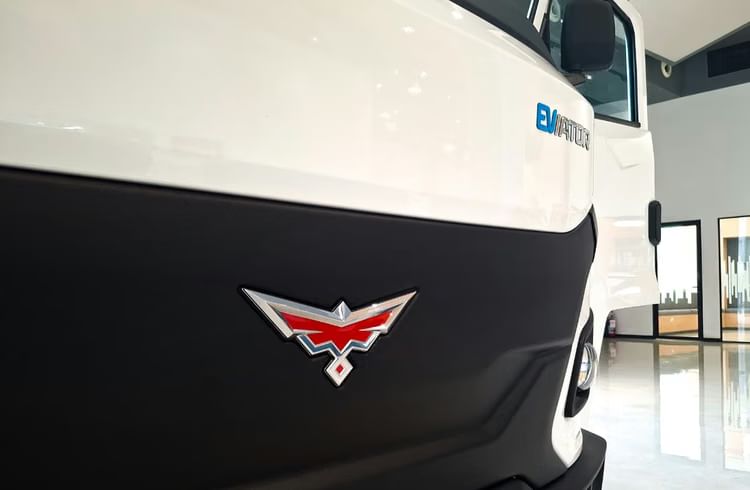
Montra Electric, the electric vehicle arm of the Murugappa Group, is preparing to expand its small commercial vehicle (SCV) portfolio with the launch of a new sub-3.5-tonne electric truck next year, and this will likely be followed by another launch of a light commercial vehicle (LCV) in the 3.5–7.5-tonne category, according to a senior company official.
The Chennai-based company launched its first SCV – the 3.5-tonne Eviator – earlier this year, and the new model will be in the same 2–3.5-tonne category but at a lower tonnage. Montra sees strong demand potential for EVs in the sub-3.5-tonne goods carrier space, driven by better economics, growing last-mile delivery needs and private companies’ push for cleaner mobility solutions
JK Tyre Arm Sells Cavendish Industries Stake for Rs 130.64 Crore
 JK Tyre & Industries Ltd has announced that its subsidiary JK Tornel, S.A. de C.V. has entered into agreements to sell 40 lakh equity shares of Cavendish Industries Ltd for an aggregate consideration of Rs 130.64 crore.
JK Tyre & Industries Ltd has announced that its subsidiary JK Tornel, S.A. de C.V. has entered into agreements to sell 40 lakh equity shares of Cavendish Industries Ltd for an aggregate consideration of Rs 130.64 crore.
The transaction involves the sale of 6 lakh equity shares to Bengal & Assam Company Ltd, a promoter entity, and 34 lakh equity shares to J.K. Fenner (India) Ltd, part of the promoter group.
Andhra Pradesh Signs Rs 515-Crore EV Mobility Agreement with ThunderPlus-Led Consortium
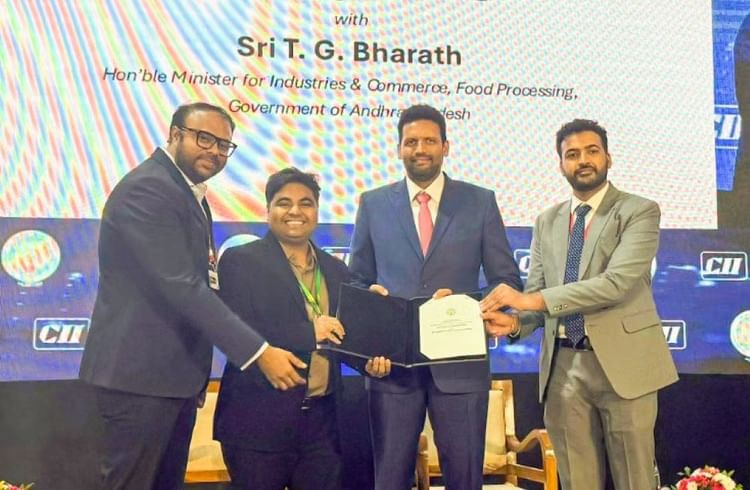
The Government of Andhra Pradesh signed a Memorandum of Understanding with a consortium led by ThunderPlus, along with ETO Motors and Roqit, at the Andhra Pradesh Partnership Summit in Visakhapatnam on November 18. The agreement, formalised with the Andhra Pradesh Economic Development Board, outlines a ₹515-crore Multi-Modal Electric Mobility and Charging Infrastructure Program.
BMW Readying i5 LWB Sedan For India Launch
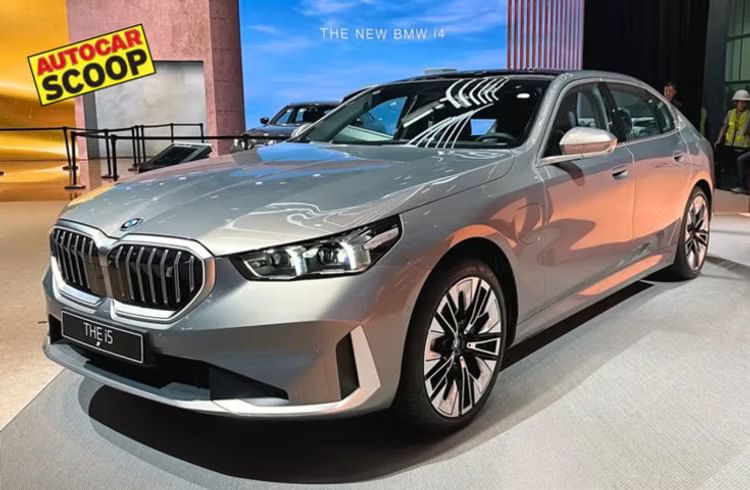
BMW is gearing up to launch the long-wheelbase i5 electric sedan in India by early 2026. Set to be assembled locally at BMW’s Chennai plant alongside the iX1, the i5 will become the brand’s first locally produced all-electric sedan in the country.
The India-bound BMW i5 LWB is based on the China-spec long-wheelbase model and will be positioned above the current 530Li but below the performance-oriented i5 M60 within the 5 Series range.
India’s EV Adoption Outpaces Charging Infrastructure as Market Matures
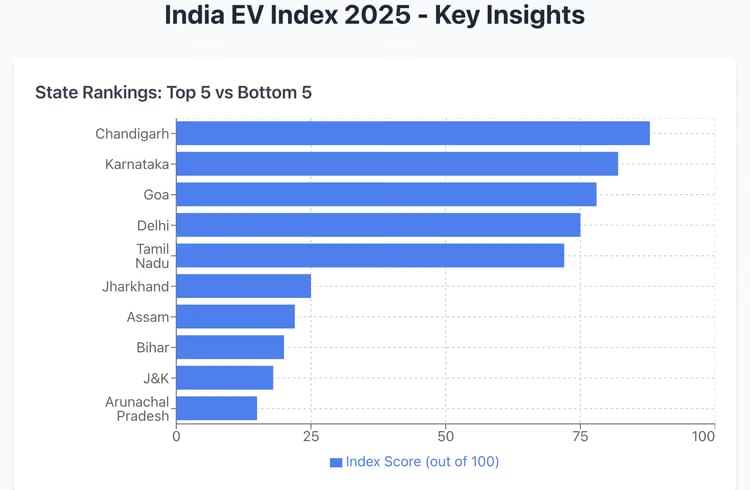
India’s electric vehicle market continues to expand rapidly, but charging infrastructure is struggling to keep pace with the surge in battery electric vehicle adoption, according to the 2025 HERE-SBD EV Index.
The index, which assessed 31 Indian states and union territories for the second consecutive year, found that the ratio of electric vehicles to public chargers increased sharply from 12:1 in 2024 to 20:1 in 2025. This indicates that vehicle adoption is accelerating faster than charging infrastructure deployment.
EV Motor Supply Chains Shift Away From Rare Earth Reliance: IDTechEx
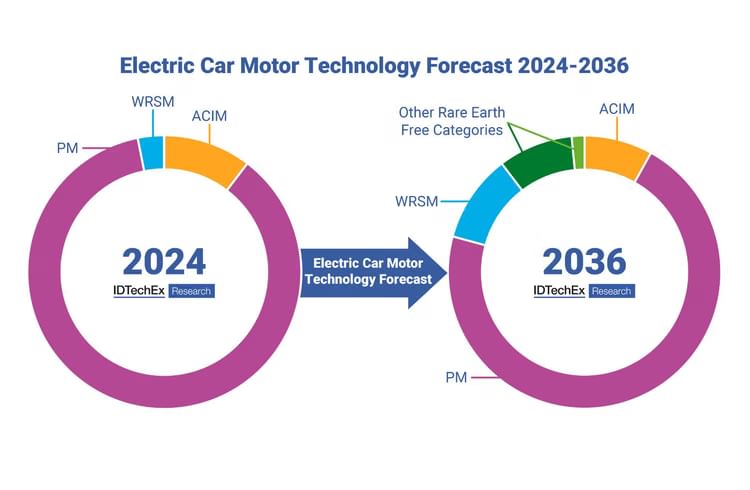
China’s 2025 rare earth export licensing system has disrupted EV motor production globally, with manufacturers including Maruti Suzuki, Lucid Motors, Ford, Suzuki Motor, Bajaj Auto, and Ather Energy forced to delay or reduce output.
The restrictions target dysprosium and terbium, heavy rare earth elements used in the neodymium magnets that account for 1-3kg per motor in approximately 87% of the global EV market. While export licenses began easing tensions from July 2025, the disruption has redirected industry focus toward reducing dependence on Chinese rare earth supplies through alternative technologies and materials. IDTechEx’s latest research identifies multiple pathways for the automotive sector to achieve this shift.
Long Reads
An Outsider’s Playbook: How an Ex-Consultant is Rewiring India’s Hinduja Empire
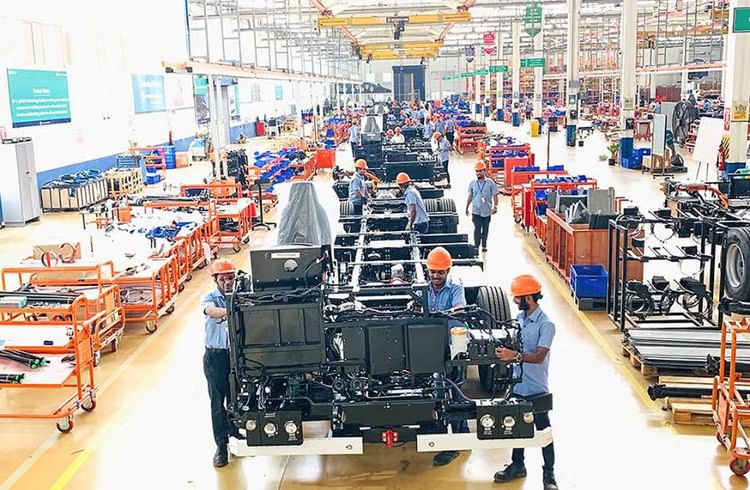
When the 100-year-old Hinduja Group—a leader in India’s commercial vehicle industry and a conglomerate with deep roots in India’s industrial and financial landscape—began feeling the weight of legacy, it faced a question few conglomerates answer honestly: How do you reinvent stability itself? The answer arrived unexpectedly from outside the family’s traditional order—from a consultant who spent two decades moving horizontally across industries, geographies, and ideas.
Festive Cheer, Reform Reset: Auto Sales See Sharp Rebound
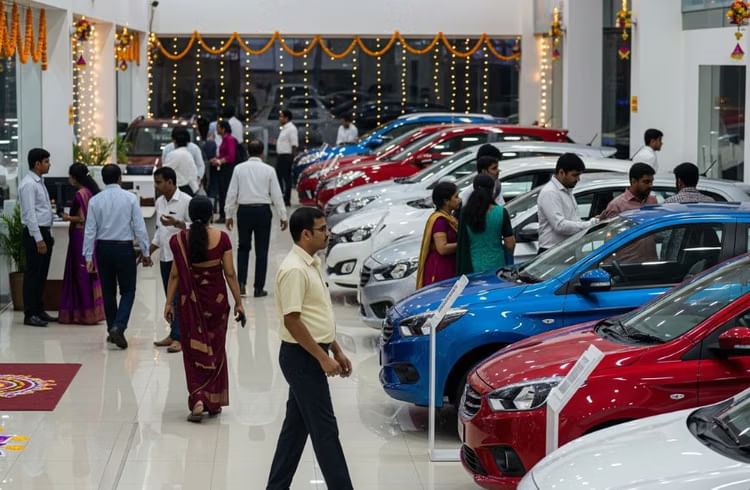
In a year when consumer sentiment had begun to soften and buyers were holding back, India’s automobile industry found an unexpected accelerator. The rollout of Goods and Services Tax 2.0 in September, timed almost perfectly with the festive season, reshaped the economics of mobility. With lower tax rates on small cars and commuter two-wheelers, and a simplified structure for larger vehicles, affordability improved just as festive optimism peaked.
The effect was immediate. Vehicle retail sales in October jumped 40.5% year-on-year, the highest monthly growth in India’s automotive history. Showrooms that had seen cautious footfalls through much of the year suddenly turned into high-decibel delivery centres as the 42 days covering Navratri to Diwali set new records across two-wheelers and passenger cars. It was a rare alignment of policy reform, favourable rural economics, and cultural timing–the kind of perfect confluence that industry veterans say happens once in a decade.
Yet as the celebrations fade, the sector faces a bigger question: can this momentum hold? Was the surge a reflection of deeper structural recovery or simply a welltimed release of pent-up demand triggered by lower taxes and festive enthusiasm?
How IoT-powered Telematics Helps Reduce Accidents in e-Two Wheelers
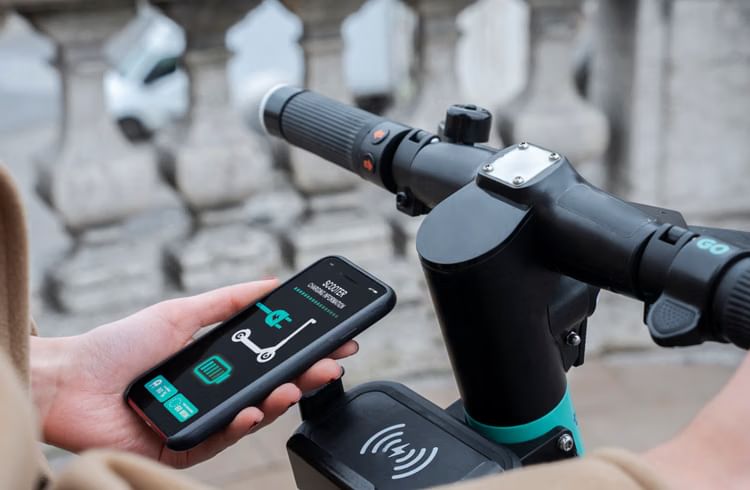
India’s two-wheeler segment is undergoing a significant transformation, driven by electrification and smart digital solutions. As the country shifts its focus toward sustainable mobility, two-wheelers are leading the charge in electric vehicle adoption. Electrification not only offers environmental benefits but also introduces advanced connectivity features. Integrating IoT-based innovations such as vehicle telematics into electric two-wheelers helps enhance rider safety.